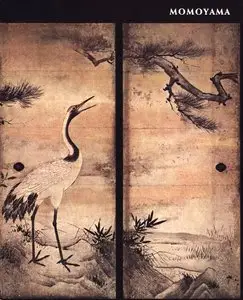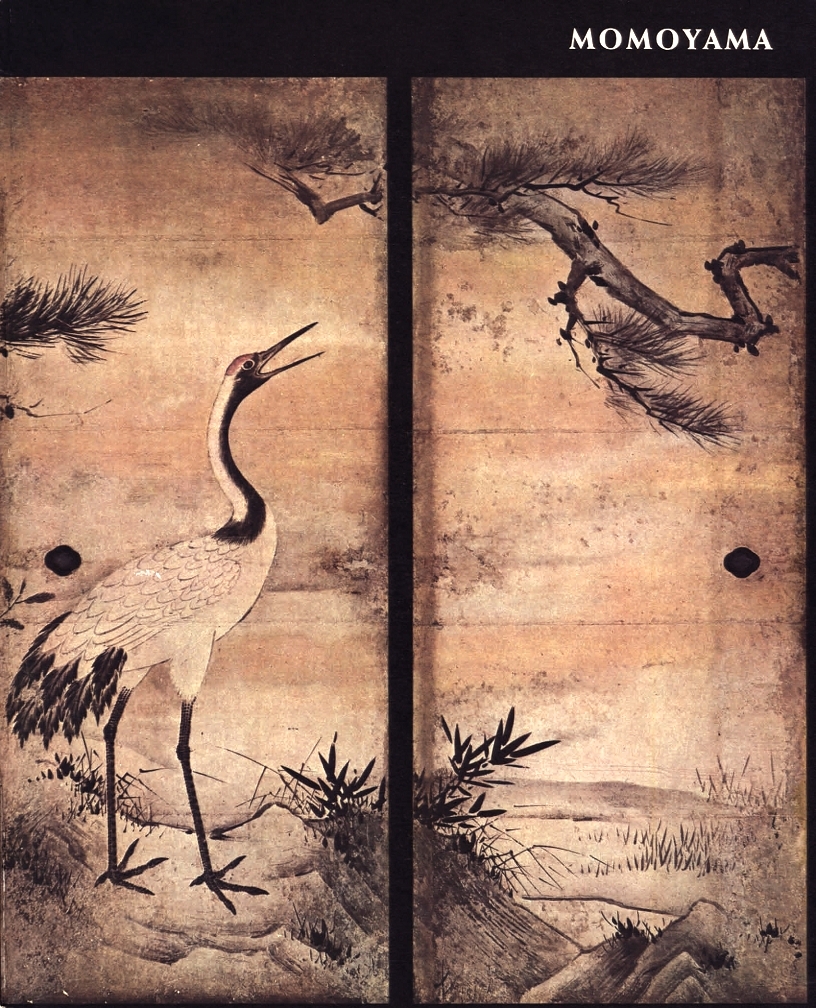Momoyama: Japanese Art in the Age of Grandeur
Publisher: Metropolitan Museum of Art | 1975 | ISBN: 0870991256 | English | PDF | 136 pages | 25.36 Mb
Publisher: Metropolitan Museum of Art | 1975 | ISBN: 0870991256 | English | PDF | 136 pages | 25.36 Mb
Although the period referred to in Japanese history as the Azuchi-Momoyama period covered less than half a century, from 1568 to 1615, it was a distinctive one, for during this time of upheaval the transition was made from nationwide civil war to peace. It was an eventful period in international affairs as well, with Europeans visiting Japan for the first time and Japanese venturing into the outside world.
The Momoyama period saw the birth of a brilliant, heroic culture, typified by magnificent castles with exuberant wall and screen paintings and interior finishings, represented among the pieces here. At the same time, as if in resistance to this trend for the luxurious, a new aesthetic attitude based on the esteem for simple beauty arose among the newly influential warrior and merchant classes. One of the important motivating factors in this development was the tea ceremony (cha no yu), a Japanese cultural accomplishment represented by the great Momoyama tea master Sen no Rikyü. Tea room architecture and tea ceremony utensils exhibited a distinctive artistic quality best characterized by the term sabi, meaning "quietude, simplicity, and absence of ornament."
European culture, accompanying the introduction of Christianity into Japan, also had an immediate influence.
The generous, cheerful culture created in the Momoyama period placed humanistic interests over religious ones. It marked the opening of the pre-modern age and can easily be called a period of renaissance.
Foreword
Preface
Acknowledgments
Introduction
Chronology
Color Illustrations
Catalogue
Paintings
Calligraphy
Nō Masks
Textiles
Ceramics
Lacquer
Arms and Armor
Selected Bibliography
Preface
Acknowledgments
Introduction
Chronology
Color Illustrations
Catalogue
Paintings
Calligraphy
Nō Masks
Textiles
Ceramics
Lacquer
Arms and Armor
Selected Bibliography





